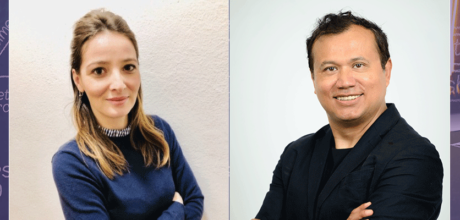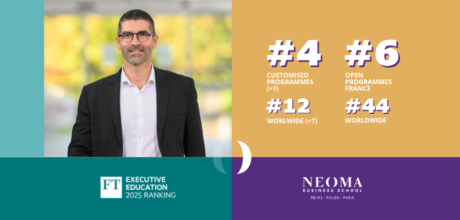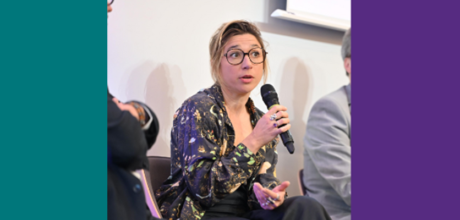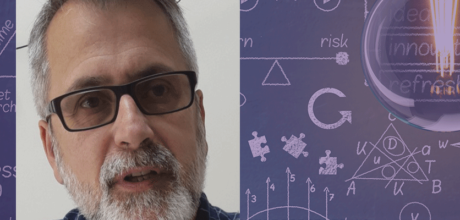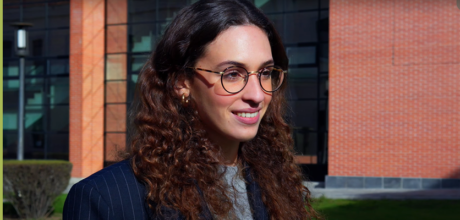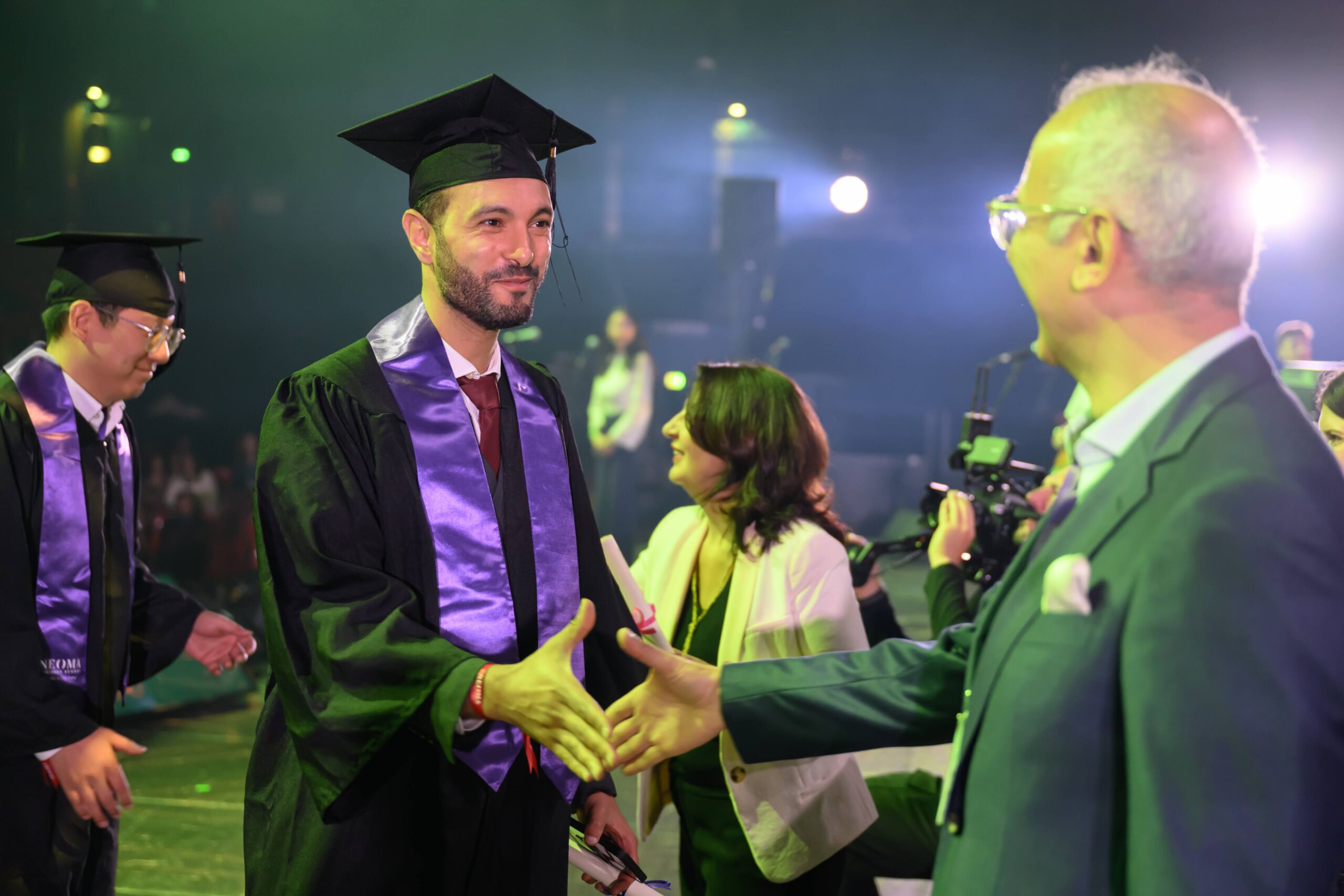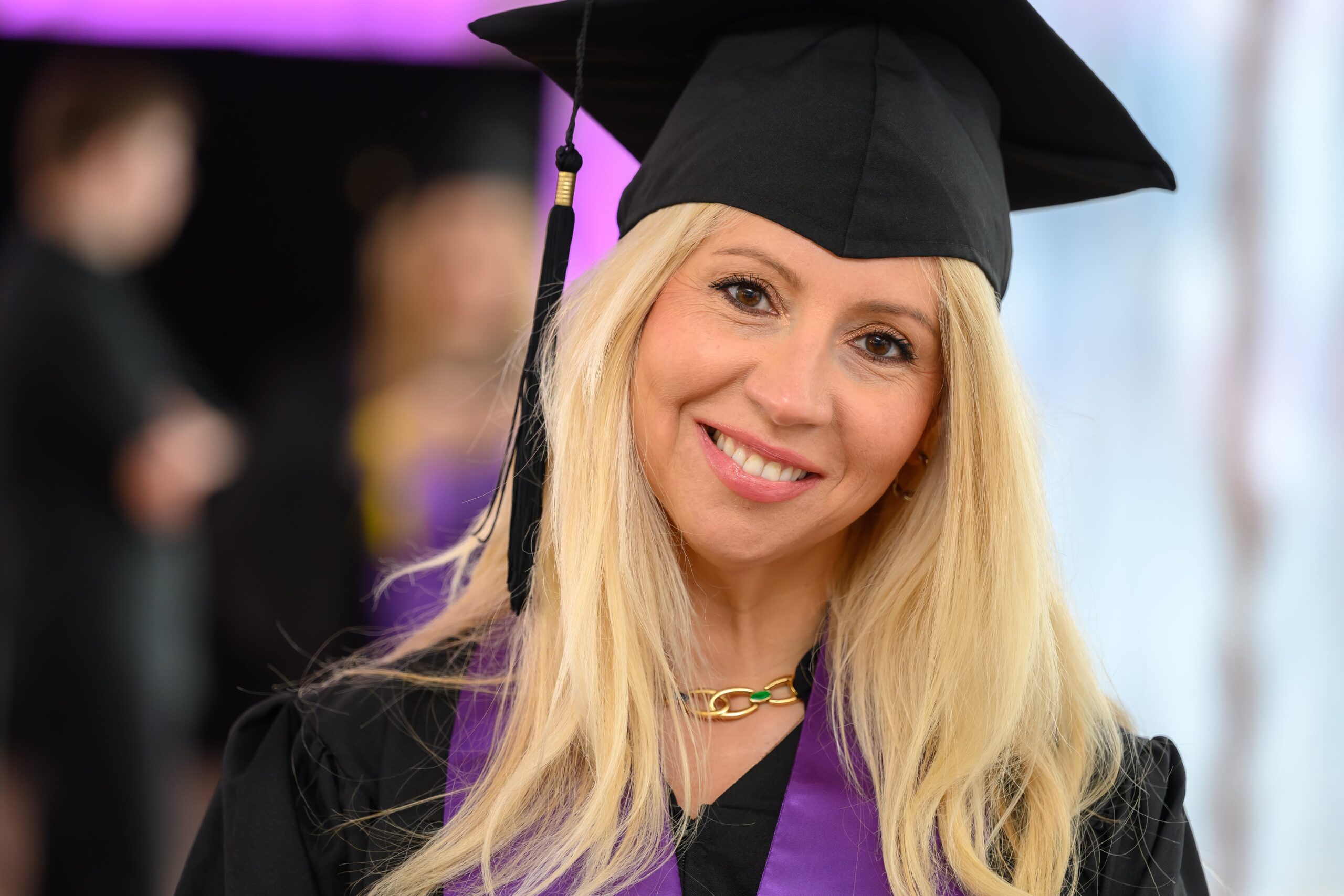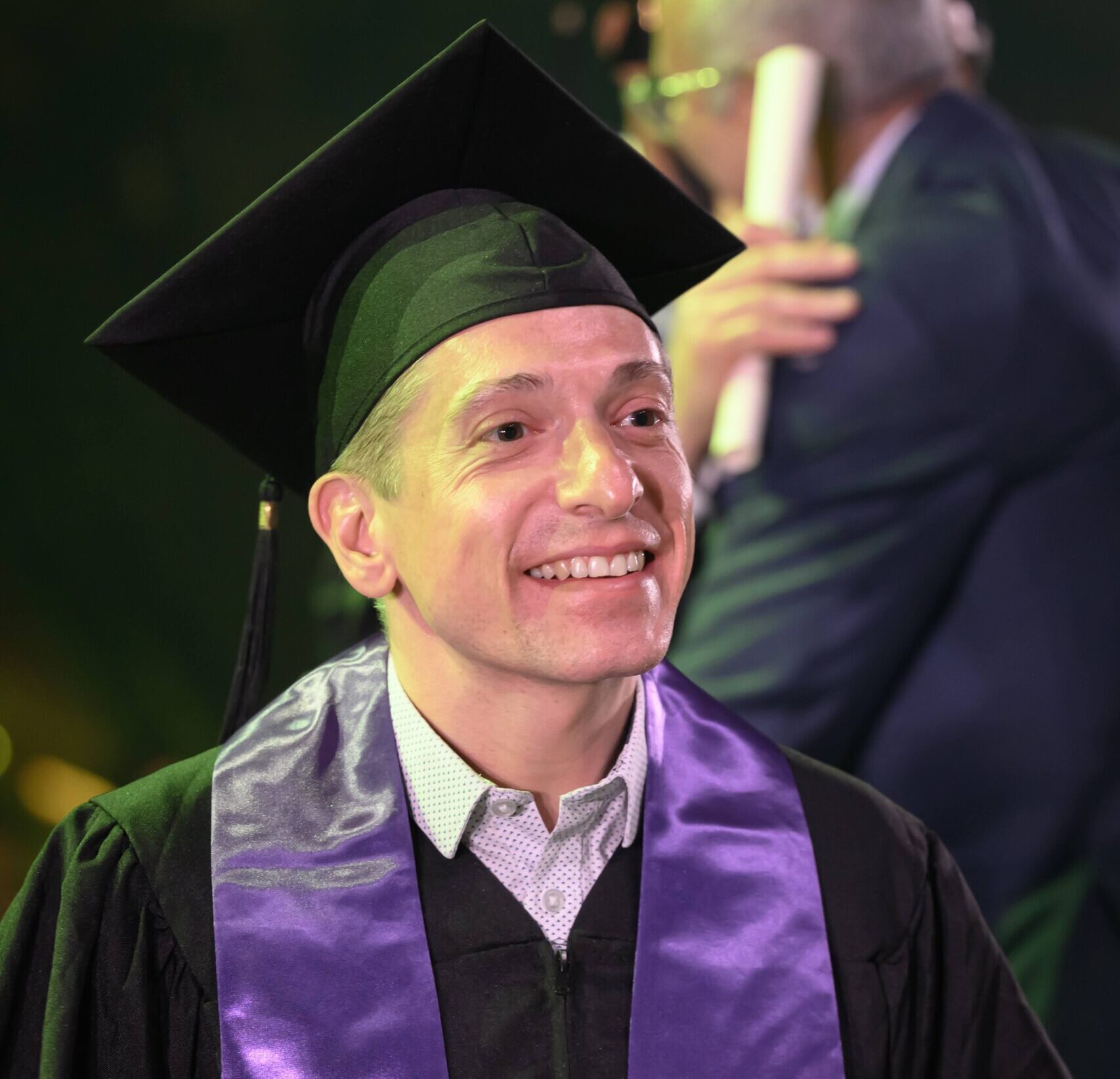Profile
Meet us
#0
Challenges Grande Ecole ranking 2024
0
graduates in France and worldwide
0
international academic partners
Our network
Testimonials
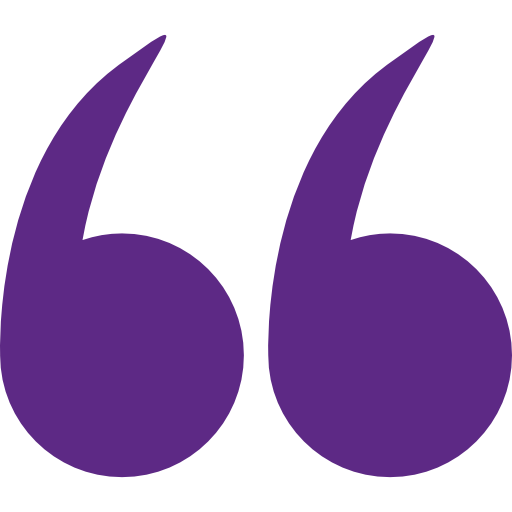 I’ve been in the aviation industry for 13 years, serving as a regional sales manager for an American company called StandardAero. Essentially, we provide Emerald services on aircraft engines.
I’ve been in the aviation industry for 13 years, serving as a regional sales manager for an American company called StandardAero. Essentially, we provide Emerald services on aircraft engines.
Why did you consider an Executive MBA?
I chose to pursue the Global Executive MBA at NEOMA to refresh my knowledge and remain aware of the ever-changing world. Since my last graduation in 2012, I felt it was essential to update my understanding of the economic context and reflect on the future direction of my career.Why did you choose NEOMA?
I believe the Global Executive MBA at NEOMA offers the ideal opportunity to decide whether to continue progressing within my company or to explore entrepreneurial ventures based on ideas I have in mind. This programme will enable me to make well-informed decisions about my career path.
 I thoroughly enjoyed my Global Executive MBA experience at NEOMA, and I am particularly pleased with my choice of this Business School. Over the past year, I have undergone significant personal and professional transformation. The programme is highly relevant to current trends, such as artificial intelligence, and provides invaluable insights into contemporary societal and economic changes. The Global Executive MBA is a transformative journey that not only shapes what you become but also reveals unexpected potential within yourself.
I thoroughly enjoyed my Global Executive MBA experience at NEOMA, and I am particularly pleased with my choice of this Business School. Over the past year, I have undergone significant personal and professional transformation. The programme is highly relevant to current trends, such as artificial intelligence, and provides invaluable insights into contemporary societal and economic changes. The Global Executive MBA is a transformative journey that not only shapes what you become but also reveals unexpected potential within yourself.
What did you like the most?
In today’s world, being a manager requires more than just skills in finance or supply chain management. NEOMA places a strong emphasis on developing us as individuals, fostering resilience, professionalism, and leadership qualities. This holistic approach prepares us to handle a broad spectrum of responsibilities and be exemplary in both our professional and personal lives. Before joining NEOMA, I had extensive experience in finance within large international companies, primarily in the oil and gas sector. Over the past year, my perspective has broadened significantly. For instance, my current Capstone project is focused on promoting French gastronomy in English-speaking countries, particularly in the USA. It aims to share sustainable and intelligent eating habits with a wider audience. Additionally, I am considering starting a consulting firm to leverage my finance expertise and the diverse skills I’ve acquired. The Global Executive MBA has shown me that with a solid idea, sufficient knowledge, and a strong network, realizing new projects is achievable and not as daunting as it may seem.How about the Crisis Management Seminar?
In April 2023, NEOMA provided us with an exceptional opportunity to learn crisis management in collaboration with the National Gendarmerie at CNISAG in Chamonix. This seminar offered us practical insights into their crisis response techniques and how we can apply these methods in our own environments. Experiencing their rigorous approach to urgent situations gave us a fresh perspective on managing crises. Today, crises are a common occurrence in both professional and personal spheres, and having the right tools and mindset is crucial. The CNISAG experience was invaluable, and I am grateful to NEOMA for facilitating this high-quality training.
 I joined NEOMA in October 2022, and the experience has been truly impressive, particularly in terms of the interactions and exchanges with my peers. I chose the Global Executive MBA to expand my knowledge, take on more responsibility at work, and boost my self-confidence
I joined NEOMA in October 2022, and the experience has been truly impressive, particularly in terms of the interactions and exchanges with my peers. I chose the Global Executive MBA to expand my knowledge, take on more responsibility at work, and boost my self-confidence
What did you like the most?
What I liked the most were the courses and the way the teachers used empathy to explain concepts. Additionally, learning with and from my peers was incredibly valuable. I discovered a whole new world—it was challenging and pushed me out of my comfort zone, but I managed to thrive.




